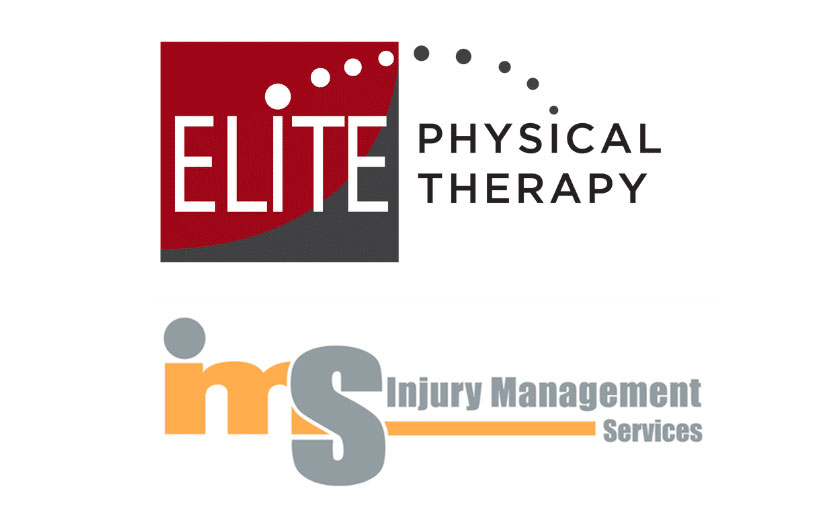As we head into better weather, training for a race – be it personal, a Virtual 5k or a half, or full marathon, now is a great time to start a training regime.
Now more than ever, our patients who are training for a race often ask us what they need to know to stay healthy through the course of their training program and on through race day.
So, we figured it was high time we shared Our Pro Tips.
So, whether you’re running for the first time, occasionally hit the treadmill for the sake of staying in shape, or are an avid runner working hard to improve your time, these tips should help you stay on track so you’re able to hit the ground running on race day……pun intended.
EASE INTO A ROUTINE.
Whether you’re a seasoned marathoner or a first time 5K-er, it’s important to progress slowly. Running itself, has a fairly high incidence of injury, because of the impact on the body. So, any time you increase your distance or your pace, you increase the risk of injury. Give your body time to react and adjust! It’s important to gradually increase your distance or your pace. Then, once you have confidence that you’re comfortable at that distance or pace, then you can start to push yourself a little harder or farther.
LISTEN TO YOUR BODY.
It can take your muscles and other tissues time to adjust to the stress of running. Most runners can accomplish their goals by running 2 to 4 days per week. Rest and recovery days are as important as your running days. Elite Physical Therapist, Bart Jones, DPT explains, “Recovery isn’t a break from training – it’s part of it.” If you feel like you need to do something more frequently, cross train in a pool, on the elliptical or a bike to give your legs a break from the pounding of running. It’s important to try to hit training program targets before race day, but don’t ignore warning signs of a potential injury.
FIND THE CORRECT COURSE.
If you’re running a virtual race, you’ll need to map out your course ahead of time. On the plus side, you can make the course fit your needs! You can do this by choosing a loop to run continuously, running on the treadmill, or by using a GPS running device/app to map out the race yourself. Luckily, the options are endless for a virtual race and there are a lot of resources on the internet for this. If you are going to an in person race, it’s also important to familiarize yourself with the route, parking and other factors to make sure you are prepared.
BREAK IN YOUR SHOES.
If you find it necessary to get a pair of new running shoes for the race, wearing your race-day shoes a week or two before the race will give you time to break them in, helping you avoid blisters or other foot problems. “Don’t change it up too much from your normal shoe – different shoes can cause changes your running style that can result in unexpected pain,” says Bart Jones, DPT. “We recommend getting your foot function evaluated whether it be by one of our experienced PTs or good running shoe store. Different foot structures require different types of shoes. Don’t go with what looks best, go with what fits best!”
PREP FOR RACE DAY.
Make sure you are hydrating well for several days leading up to the race, including the night before and the morning of. A few hours before the start of the race, eat a simple, high-carb breakfast, like a bagel or oatmeal. It’s actually best to train at or around the time of your target race, that way, you can decide what kind of nutrition plan works for you. Don’t change your eating habits on race day!
DON’T LET ADRENALINE TAKE OVER.
Your energy levels are bound to be high on race day, but don’t let it throw you off. Many runners get out of the gate too quickly – make sure you are sticking to your planned pace and not letting adrenaline take the lead.
STRATEGIES FOR PREVENTING AN INJURY
Now that you’ve got the tips down, what do you do to prevent or heal an injury?
Simply said, the longer distances that you run, the more you try to run fast, your risk of injury increases. “In most cases, trying to run through pain or an injury will not work,” states Bart. “Some soreness, or short term discomfort can be “normal”, but a pain that does not subside quickly is not.”
In addition to helping you recover from running injuries, an Elite physical therapist can also teach you how to safely train by advising you on proper form, training methods, strategies for preventing injury, and proper shoe selection. Seeing one of our physical therapists to evaluate your functional mobility and movement patterns can help you become a stronger, smarter runner that’s less prone to injury.
Starting a running program can often reveal inefficiencies, mechanical or alignment problems in the body. Functional issues with the foot, knee or hip can lead to problems in other joints and cause pain. An Elite Physical Therapy can assess your gait and help you adjust your running technique, reducing your risk of injury before it occurs.
Some of the most common injuries runners experience include hip pain from the IT band, or other source, knee pain from tendonitis or the IT band, Achilles tendonitis, plantar fasciitis, foot pain, and stress fractures. If you’re suffering from pain in any of these places, Elite Physical Therapy can help determine the cause of the problem and recommend effective cross training exercises to provide the healing your body needs.
Give us a call at 318.443.3311 to get an individualized gait, foot, or running technique assessment or help in reliving your pain or healing your injury in time for the big race




